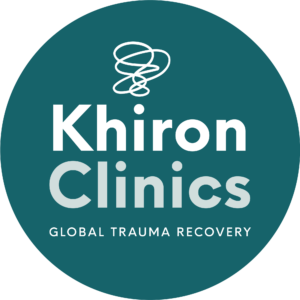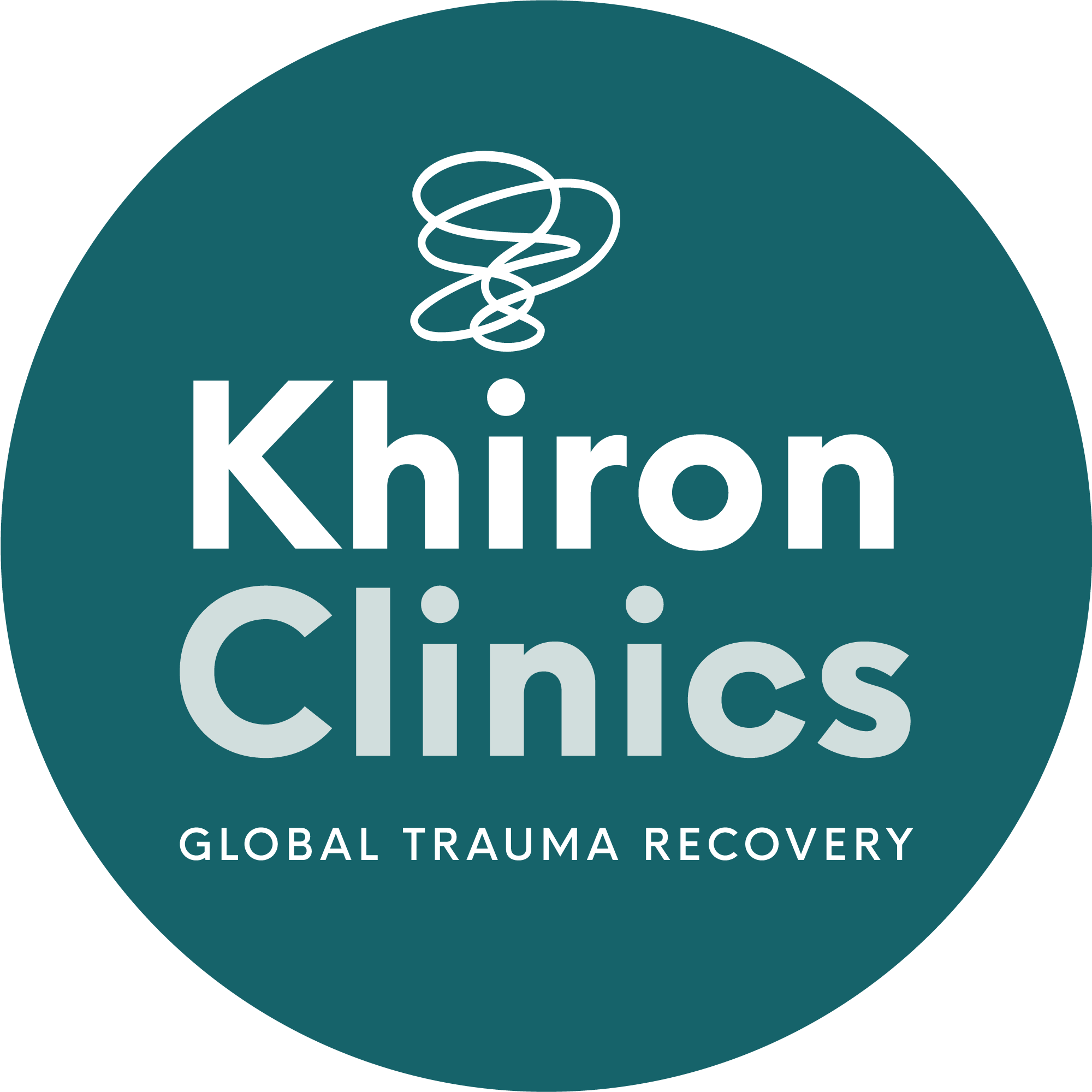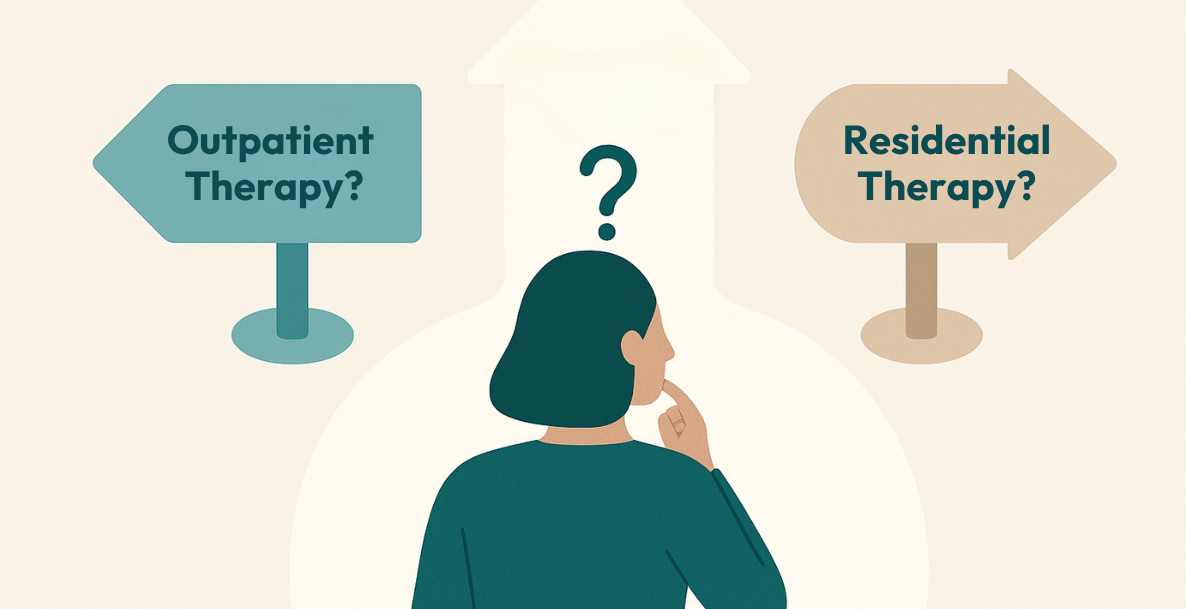Traumatic experiences vary widely in terms of context, some happen in contact with others, even caused by the actions of others, while other causes of trauma occur in isolation. Regardless of the root of trauma, it can cause a pervasive sense of instability, anxiety and vigilance that make relationships challenging.
There are various layers to this, meaning trauma therapy that addresses unconscious rewiring of the nervous system, in addition to more conscious coping mechanisms is the best way to increase the sense of safety we feel day to day, and ultimately improve relationships with others.
Protection over Connection: The Brain’s Response to Trauma
Trauma can profoundly change the way our brains function. It often shifts the brain’s priority from connection to protection, which can make navigating relationships particularly challenging. When we’ve experienced trauma, we naturally become hyper-focused on staying safe, leading to hypervigilance, mistrust, and difficulty in building and maintaining healthy connections with others.
These changes are the brain’s way of trying to protect us, but they can also create barriers to the closeness and intimacy that make relationships so fulfilling. It is also important to note that although the brain becomes rewired for protection, it is at an instinctual level, not a cognitive one, and so the result may not actually be protective at all.
This is because trauma can impair the prefrontal cortex, the part of the brain responsible for reasoning and decision-making. This impairment leads to difficulties in assessing risks and making safe choices. As a result, trauma survivors might unconsciously reenact aspects of their trauma through risky behaviours, attempting to gain mastery over their past experiences or process unresolved feelings. They may also seek out situations that mimic their traumatic experiences because these scenarios feel familiar, even if they are harmful. Additionally, a damaged sense of self worth can drive individuals to engage in behaviours that reflect their internalised feelings of worthlessness or unworthiness of care.
Perception of Threat
Trauma can alter our perception, causing neutral sensory input to be seen as painful or threatening. This heightened sensitivity leads to misinterpretation of benign stimuli as threats, perpetuating a cycle of anxiety and hyperarousal. In relationships this can take many forms. We may become more sensitive to changes in body language or tone of voice, certain behaviours, actions or statements can trigger intense emotional reactions.[1]
This can cause intense reactions—ranging from aggressive to immobilised— to minor disagreements, perceiving criticism where none was intended, or feeling threatened, rejected, or triggered by a partner’s actions. Such misinterpretations can strain relationships, as the trauma survivor might constantly feel on edge or defensive, tending to catastrophise and seek safety through space and closure, or by drawing closer to their partner, minimising their own experiences in order to avoid conflict or triggers.
At any end of this spectrum of behaviours, the response can impact our ability to trust and connect with others fully. Understanding this can help both the trauma survivor and their loved ones navigate these challenges with greater empathy and patience.
Fragmented Trauma Memories
High levels of arousal, as well as emotional and somatic stress, affect the functioning of the hippocampus. This inhibits the brain’s ability to properly store and recall all the details of the event and the order in which they happened. Consequently, trauma memories are often stored without a timestamp, leaving people with only fragments of sensory details.[2]
During traumatic events, the stress response is activated by the hypothalamus, releasing bursts of adrenaline that activate the amygdala. As this stress response kicks in, the so-called thinking brain (the neocortex and prefrontal cortex) shuts down, and the brainstem, responsible for survival functions, takes over.
Trauma memories pass through the limbic system—often referred to as the emotional brain—without being properly processed or stored. This results in isolated sensory fragments of the event—such as visual images, smells, sounds, or physical sensations—being vividly remembered and continuing to affect us through nightmares and flashbacks long after the actual trauma has ended.[3]
Coping Mechanisms, Self-Awareness and The Role of The ‘Thinking Brain’
With this awareness of how trauma affects the brain and body outside our control, it might be tempting to think “So what can I actually do about this?”. In addition to Polyvagal-informed approaches that stimulate the vagus nerve, and calm the nervous system, gradually re-regulating the body’s response to threat, there is work that we can do in the so-called thinking brain.
To understand the relevance of this, it is helpful to delve into human evolution and the development of our complex brains. Over time, humans evolved to possess not just a reactive, survival-focused brain, but also a highly developed prefrontal cortex—the “thinking brain.” This part of the brain is responsible for reasoning, planning, and self-awareness. It is also the part of the brain that is inaccessible when the fight-or-flight response has been triggered so it is important to make the distinction between situations in which we have access to self-awareness, emotional processing and problems solving, and those that we don’t, such as when we are triggered. One purpose of somatic strategies is to stimulate the parasympathetic nervous system, countering the effects of the stress response, and increasing access to the cortex.
In the face of chronic dysregulation, we learn to adapt and cope in various ways. The strategies we develop to manage trauma symptoms are often called adaptive or maladaptive coping mechanisms. Without somatic strategies to target the part of the nervous system required to shift us up or down – depending on the state – these strategies frequently involve using the body to shift or discharge tension, discomfort, or pain. As a result attempts to alleviate trauma symptoms can lead to high-risk behaviours, including self-injury, eating disorders, substance use, and various forms of self-sabotage.
By engaging the thinking brain through mindfulness, cognitive-behavioural techniques, and reflective practices, we can begin to recognize and reframe the automatic responses triggered by trauma.
Building self-awareness allows us to observe our reactions without judgement and to understand the roots of our fears and anxieties. By doing so, we can create space to choose different, more adaptive responses. Moreover, techniques such as mindfulness meditation help us stay present, reducing the grip of past trauma on our current experiences. Over time, these practices can foster a greater sense of control and safety, improving our ability to cope with stress and build healthier relationships. Through this dual approach—addressing both the nervous system and the thinking brain—we can make meaningful strides in healing from trauma.
Sources:
[1] Porges, S.W. (2017) The pocket guide to the polyvagal theory: The transformative power of feeling safe. New York: W.W. Norton.
[2] Schwartz, A. and Maiberger, B. (2018) EMDR therapy and somatic psychology: Interventions to enhance embodiment in trauma treatment. New York: W.W. Norton & Company.
[3] van der Kolk, B. A. (2014). The body keeps the score: Brain, mind, and body in the healing of trauma. Viking.






